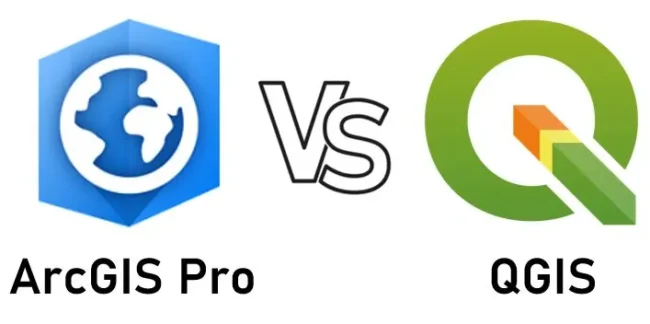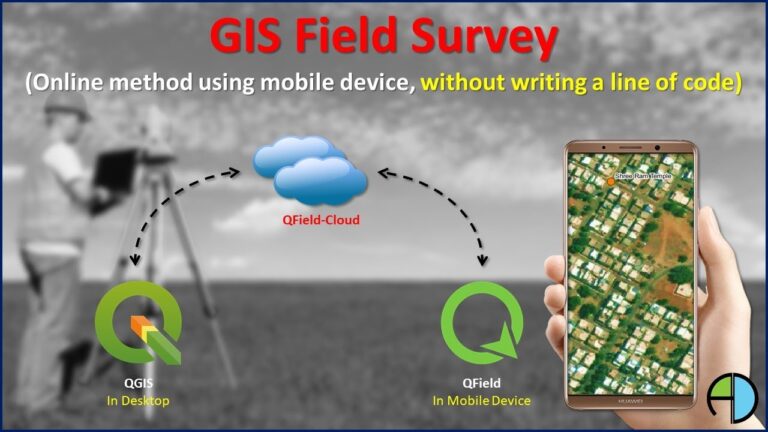The management of utility infrastructure necessitates robust systems capable of handling complex spatial data, network connectivity, and efficient asset management. Esri’s ArcGIS platform has long been a cornerstone in this field, offering solutions like ArcFM and ArcGIS Utility Network. Let’s delve into their differences, strengths, and applications.
ArcFM: Empowering Utility Management
Mature Solution: ArcFM, developed by Schneider Electric, has been a stalwart in utility management, providing a comprehensive set of tools and functionalities tailored specifically for utility companies.
Feature-Rich Solution: ArcFM boasts an array of features catering to electric, gas, water, and wastewater utilities. Its tools streamline asset management, network tracing, analysis, and workflow automation, enhancing operational efficiency.
Customization and Integration: Known for its high level of customization, ArcFM allows utility companies to tailor the software to suit their unique needs. It seamlessly integrates with existing systems, facilitating smoother transitions and interoperability.
ArcGIS Utility Network: The Evolutionary Leap
Next-Generation Network Management: ArcGIS Utility Network represents Esri’s cutting-edge solution, offering a modernized approach to managing utility networks. Its data model revolutionizes network connectivity, enabling advanced capabilities for complex network management.
Enhanced Network Functionality: The Utility Network introduces new functionalities such as tiered tracing, complex associations, and advanced editing tools, empowering utility companies to model intricate networks more comprehensively.
Multi-Dimensional Analysis: It embraces the multi-dimensional aspect of utility networks, facilitating 3D visualization and analysis, a critical feature for utilities venturing into smart city initiatives or leveraging augmented reality.
Choosing the Right Fit
Consider Legacy Systems: For utility companies heavily invested in ArcFM with established workflows and customizations, transitioning to ArcGIS Utility Network might require careful planning and consideration of migration strategies.
Future-Proofing and Capabilities: ArcGIS Utility Network offers a forward-looking solution with its advanced network modeling and multi-dimensional analysis. Companies aiming for cutting-edge network capabilities might find it more suitable.
Customization vs Standardization: ArcFM’s strength lies in its high customization, catering specifically to utility needs, while ArcGIS Utility Network provides a standardized approach to network modeling and management.
In conclusion, choosing between ArcFM and ArcGIS Utility Network depends on a utility company’s existing infrastructure, long-term objectives, and appetite for embracing modernized network management solutions. While ArcFM continues to be a reliable choice with extensive functionalities and customization options, ArcGIS Utility Network represents the future, offering advanced network modeling and multi-dimensional analysis capabilities, aligning with the evolving needs of utility management in the digital age.



